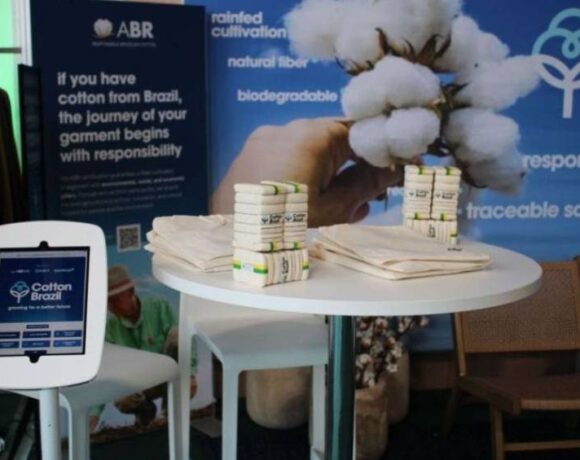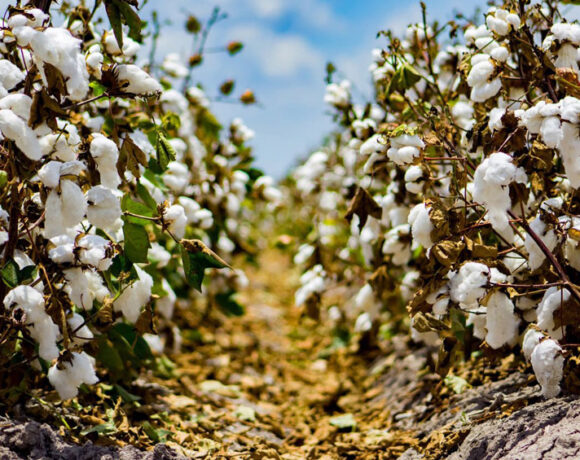From Field To Fuel: Organic Cotton’s Role In Renewable Energy

In the quest for sustainable energy solutions, innovative approaches are emerging that leverage the power of nature itself. Dr. Ajay Ranka, Chairman and Managing Director of Zydex Group, sheds light on a promising avenue: the correlation between organic cotton cultivation and the generation of clean energy through biogas production.
The foundation of this synergy lies in the remarkable process of photosynthesis. As organic cotton plants thrive and grow, they absorb carbon dioxide from the atmosphere, fostering the accumulation of biomass. Dr. Ranka explains that this biomass, when properly utilized, can serve as a potent source of renewable energy.
In the Prakalp Sanjeevani initiative, the emphasis is on higher profits for farmers and maximizing biomass growth alongside cotton production. By harvesting this biomass and feeding it into bio digesters, a process akin to what major players like Reliance are implementing, methane – a key component of biogas – is generated. This methane, purified and compressed to 96% purity, becomes a viable alternative to traditional fuels like compressed natural gas (CNG).
The beauty of this approach lies in its circularity. Carbon dioxide, initially extracted from the air during photosynthesis, is converted into methane through anaerobic digestion. When this methane is burned for energy, it returns to the atmosphere as CO₂, completing the cycle. Dr. Ranka emphasizes that this closed-loop system can eliminate pollution and contributes to environmental sustainability.
Looking ahead, Dr. Ranka sees organic cotton plant, not only as a source for eco-friendly textiles but also as a source of bio-mass for bioenergy production. The denser root zones characteristic of organic cotton plants enhance carbon harvesting in the soil, enriching it over time. With this, he highlights the potential for organic cotton to serve as a dual-purpose crop, yielding both fibres and clean energy.
In a rapidly evolving energy landscape, Dr. Ranka’s vision, offer a glimpse into a future where agriculture and renewable energy intersect harmoniously. By harnessing the power of photosynthesis and embracing organic farming practices, we can not only meet our energy needs sustainably but also cultivate a healthier planet for generations to come.















